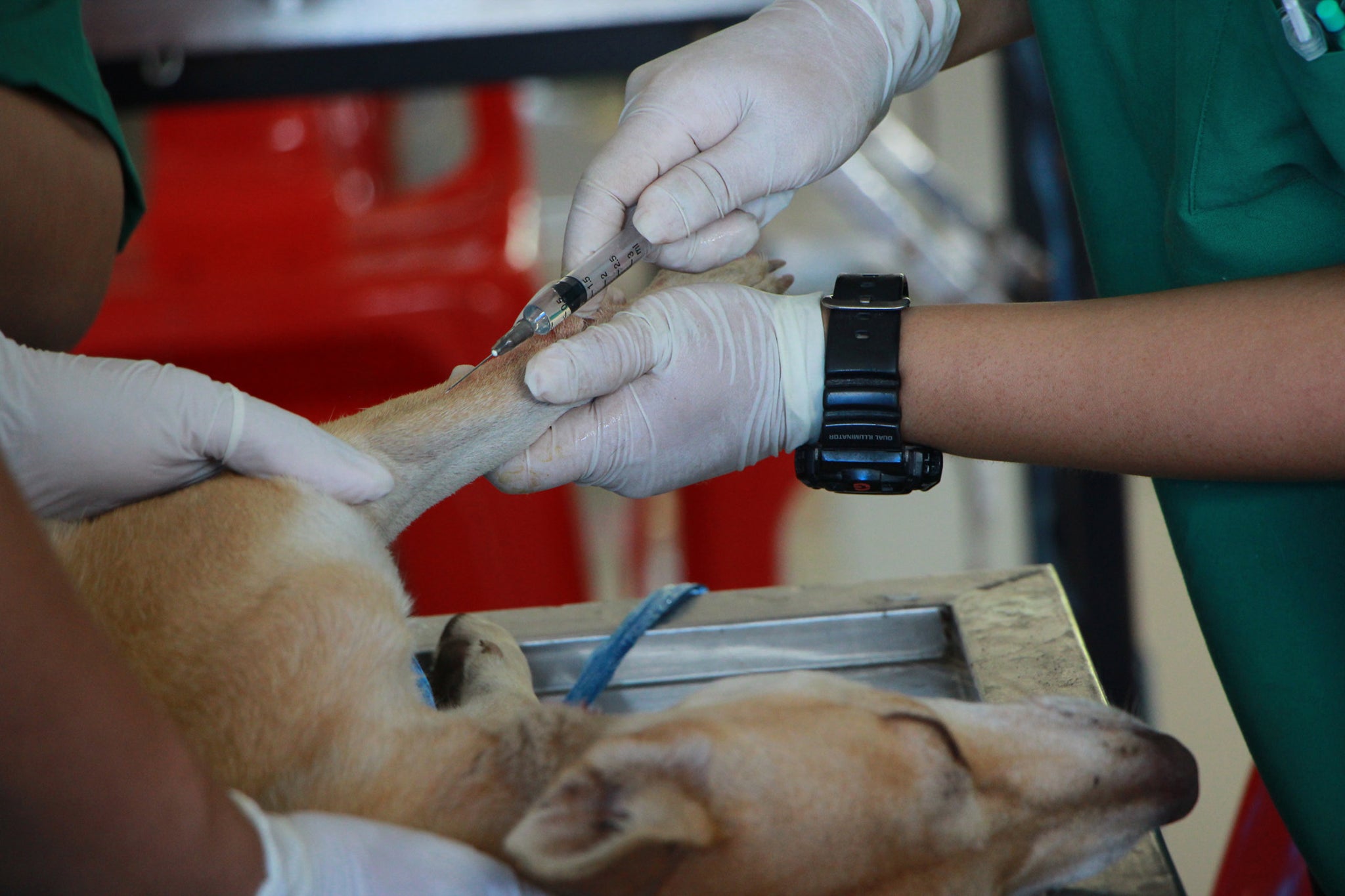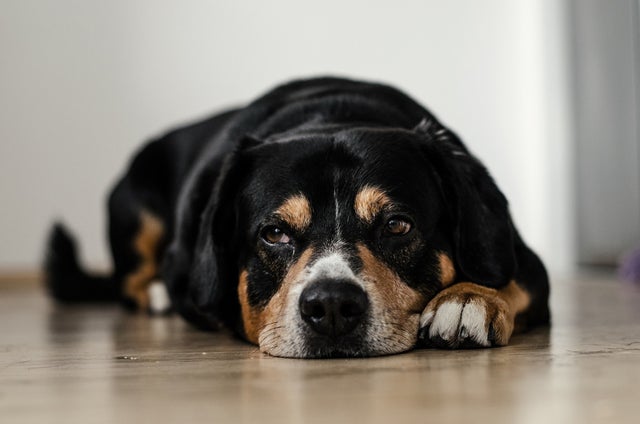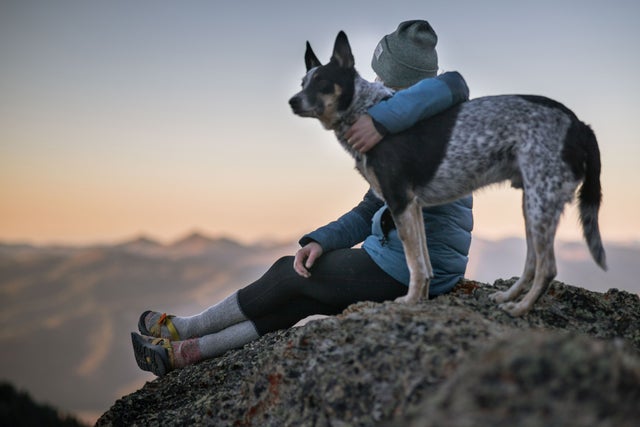What is CHOP?
Canine lymphoma is one of the most common types of canine cancer. The current “gold standard” of canine lymphoma treatment is CHOP chemotherapy.
CHOP is a combination of three chemotherapy drugs and Prednisone. CHOP stands for Cyclophosphamide, Hydroxydaunorubicin, Oncovin, and Prednisone. CHOP is a type of cytotoxic chemotherapy, which means it kills cancer cells and sometimes other healthy cells. Your dog’s oncologist determines the choice of drug, the dose of drug and the interval in which those drugs are administered. And because most of these drugs are administered intravenously that requires an in-hospital procedure and close monitoring to evaluate for side effects.
The CHOP Process
CHOP is usually a six-month process. During the first four weeks of treatment, the dog is given Prednisone. During the first two months of treatment, the chemotherapy drugs are given weekly. After that, the treatments are reduced to every other week for four months.
Advantages of CHOP
There are numerous advantages to CHOP. In the hands of an experienced oncologists CHOP can provide the best results for dogs with lymphoma. Many dogs will go into remission and stay in remission for awhile. It should be noted that the effectiveness of CHOP will vary with the type of lymphoma, the current stage of the cancer, and the health condition of the dog.
Disadvantages of CHOP
Like any medical treatment there are also some disadvantages. One of the largest disadvantages of CHOP is that it is one of the most expensive treatment options. Costs can range from $5,000 to $8,000 for a full CHOP protocol, depending on the cost of medications, in-hospital procedures, and the cost of blood work to monitor the dog’s overall health.
There are noted side effects from CHOP which your dog’s oncologist will explain and ask you to monitor for. Some of the more common side effects include lethargy, vomiting, diarrhea, loss of appetite, or fever. More severe side effects can include bone marrow suppression or drug reactions that may require additional supportive care. And since the majority of these chemotherapies are administered intravenously that requires travel with your dog to the vet for each treatment.
Some dogs may need an additional round of treatment if they fall out of remission. The second round of treatment is usually shorter than the initial treatment. While chemotherapy in dogs won’t cure their lymphoma, it can extend their life. If your dog has been diagnosed with lymphoma be sure to ask your veterinarian and oncologist about pros and cons of all the treatment options so that you can determine the best course of treatment for your dog.




